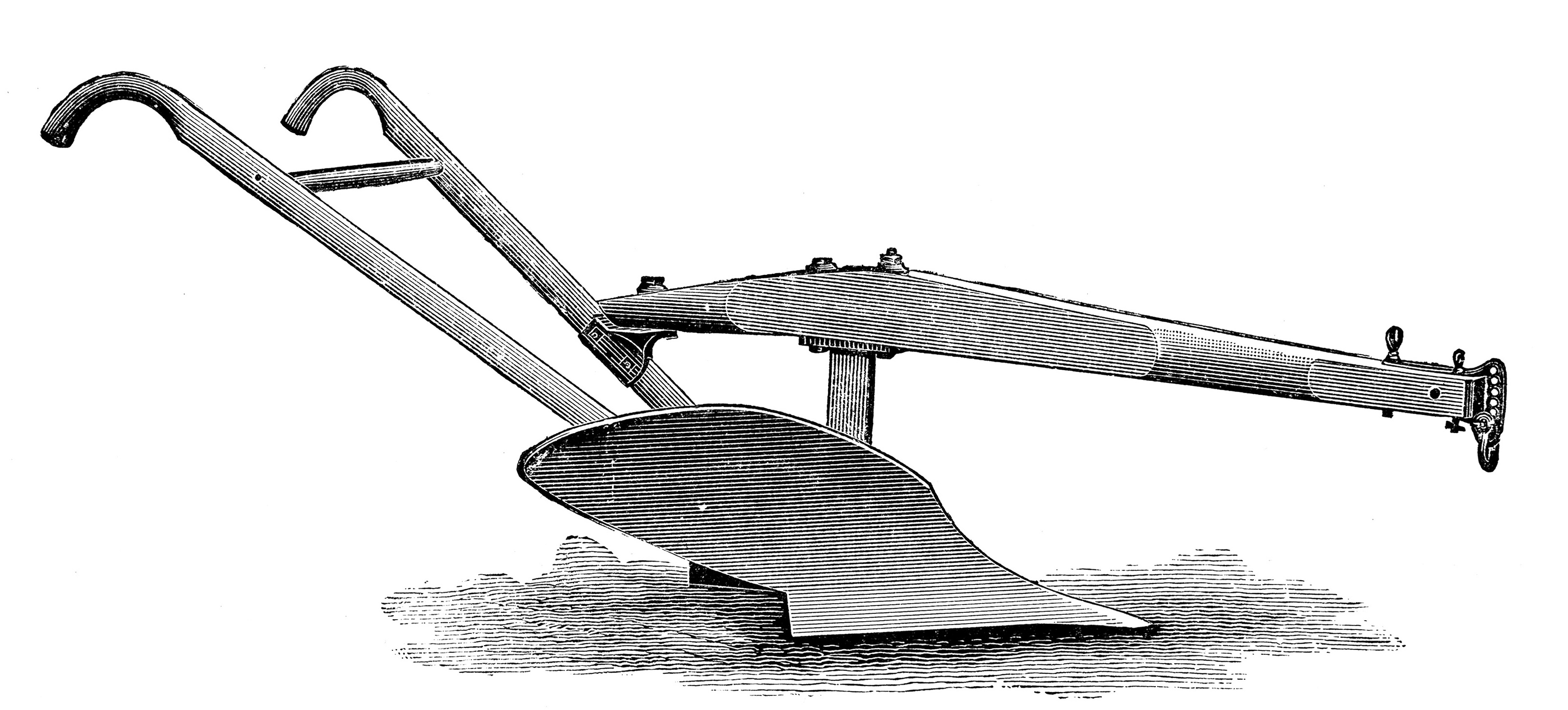Agriculture and Land Policy.
Printed Page 305 Chapter Chronology
Agriculture and Land Policy. The foundation of the United States' economic growth lay in agriculture. As farmers pushed westward in a quest for cheap land, they encountered the Midwest's comparatively treeless prairie, where they could spend less time clearing land and more time with a plow and hoe. Rich prairie soils yielded bumper crops, enticing farmers to migrate to the Midwest by the tens of thousands between 1830 and 1860.

Labor-saving improvements in farm implements also boosted agricultural productivity. Inventors tinkered to craft stronger, more efficient plows. In 1837, John Deere made a strong, smooth steel plow that sliced through prairie soil so cleanly that farmers called it the "singing plow." Deere's company produced more than ten thousand plows a year by the late 1850s. Human and animal muscles provided the energy for plowing, but Deere's plows permitted farmers to break more ground and plant more crops.
Improvements in wheat harvesting also increased farmers' productivity. In 1850, most farmers harvested wheat by hand, cutting two or three acres a day. In the 1840s, Cyrus McCormick and others experimented with designs for mechanical reapers, and by the 1850s a McCormick reaper that cost between $100 and $150 allowed a farmer to harvest twelve acres a day. Improved reapers and plows allowed farmers to cultivate more land, doubling the corn and wheat harvests between 1840 and 1860.
mechanical reapers
Tools usually powered by horses or oxen that enabled farmers to harvest twelve acres of wheat a day, compared to the two or three acres a day possible with manual harvesting methods.
Federal land policy made possible the leap in agricultural productivity. Up to 1860, the United States continued to be land-rich and labor-poor. Territorial acquisitions made the nation a great deal richer in land, adding more than a billion acres with the Louisiana Purchase (see chapter 10) and vast territories following the Mexican-American War. The federal government made most of this land available for purchase to attract settlers and to generate revenue. Millions of ordinary farmers bought federal land for just $1.25 an acre, or $50 for a forty-acre farm that could support a family. Millions of other farmers squatted on unclaimed federal land, and carved out farms. By making land available on relatively easy terms, federal land policy boosted the increase in agricultural productivity that fueled the nation's impressive economic growth.